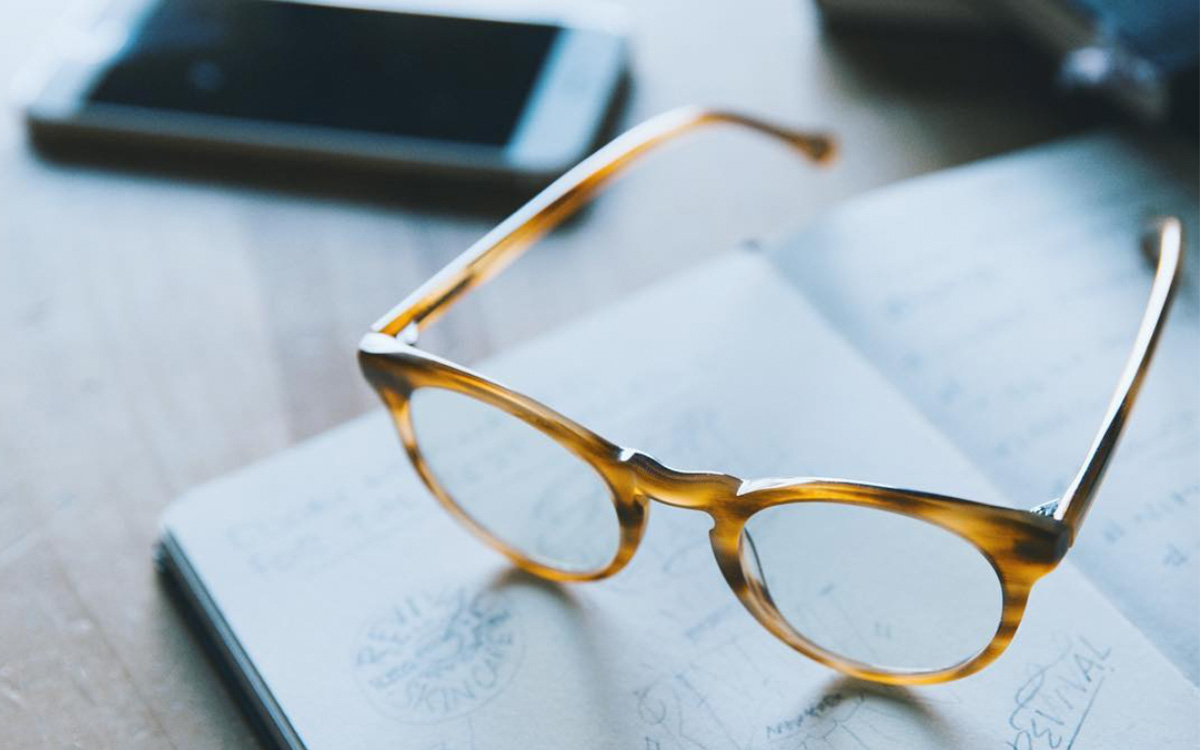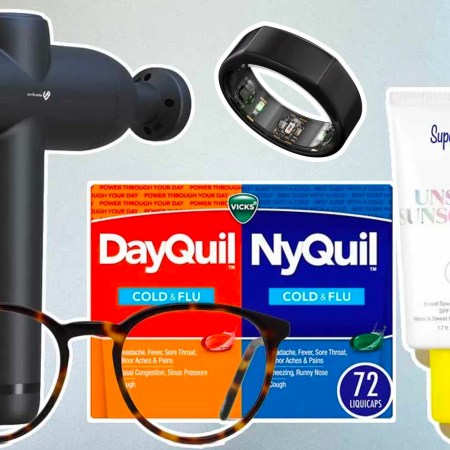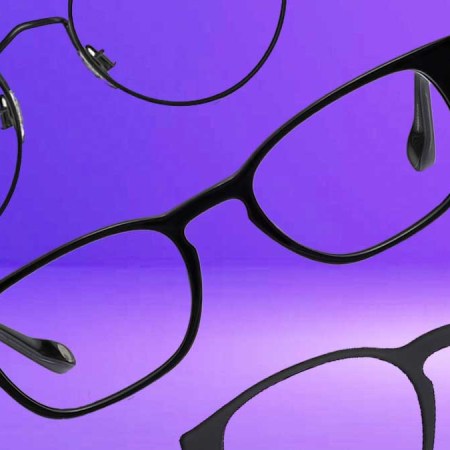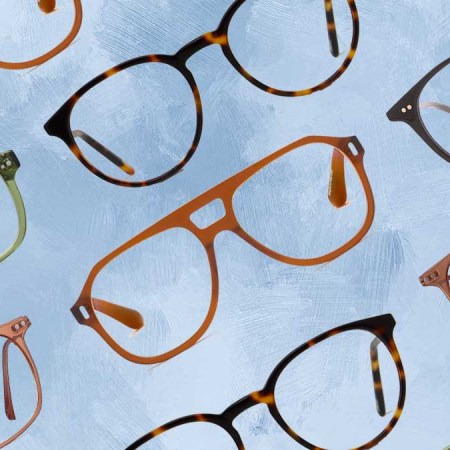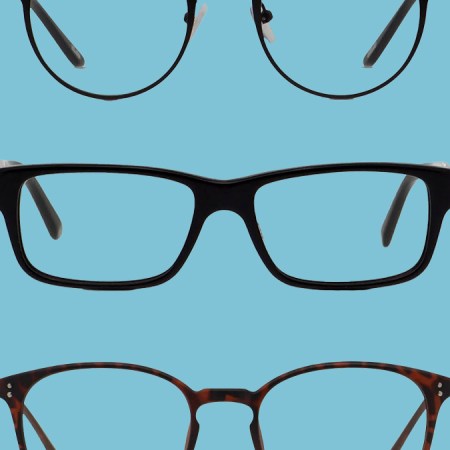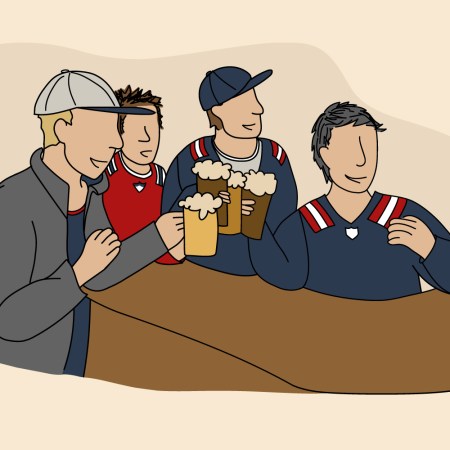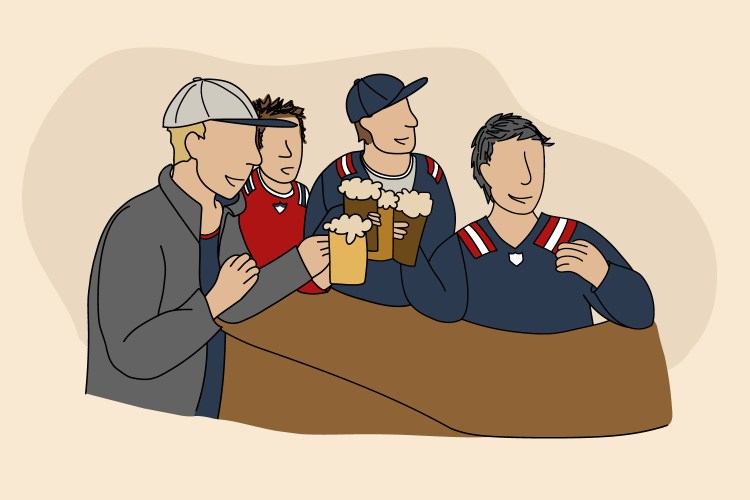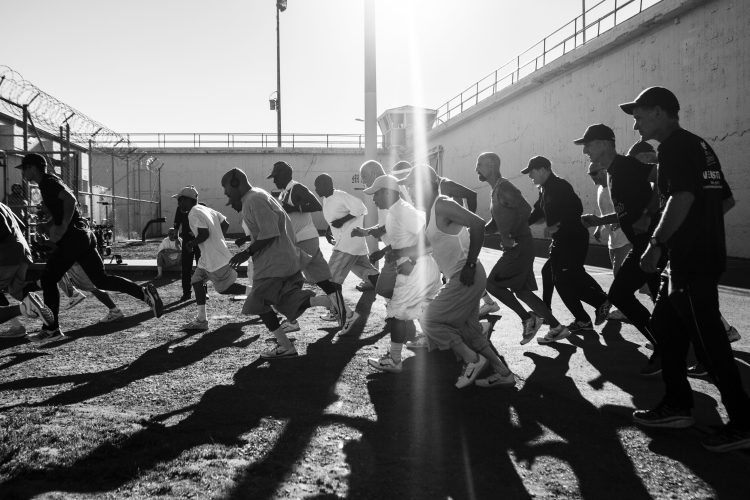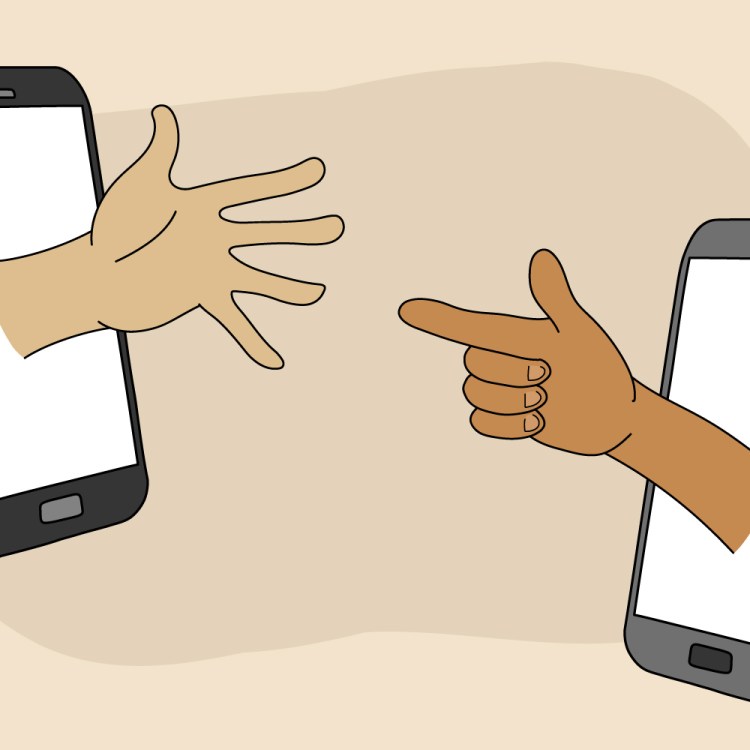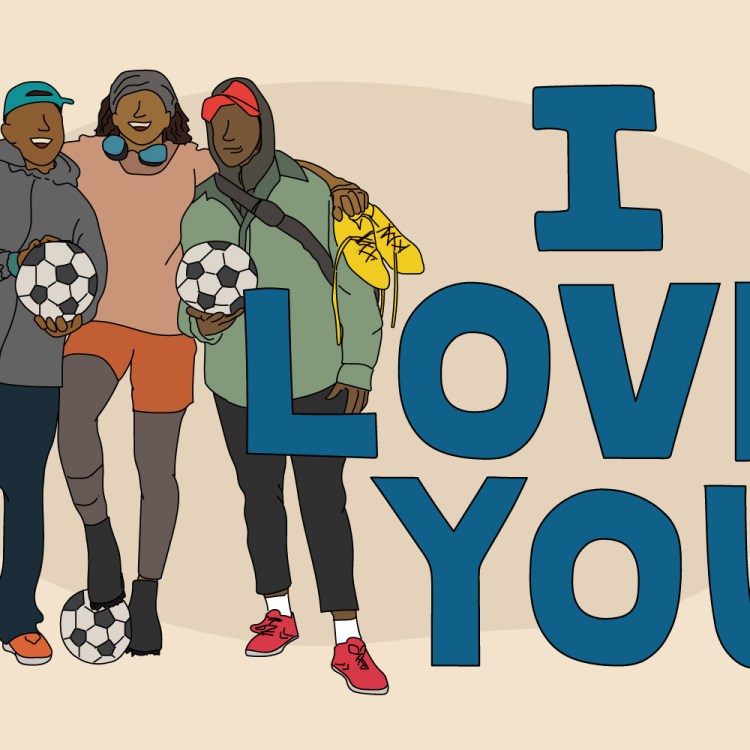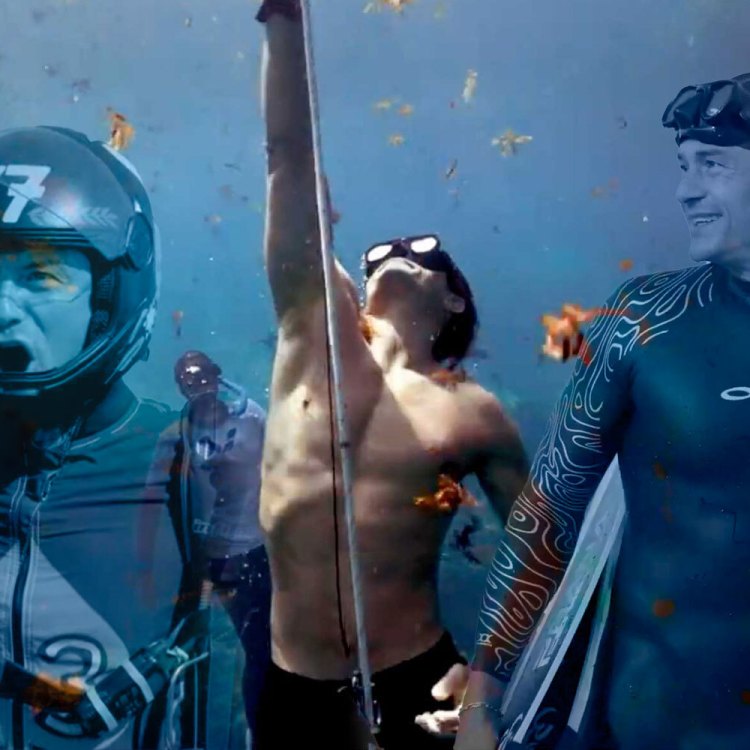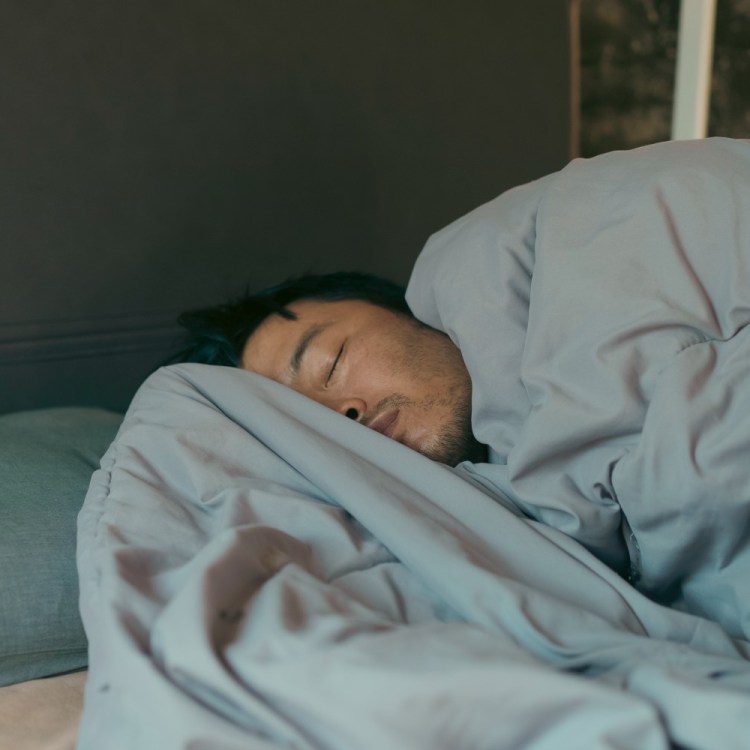The average adult in 2020 consumes five times more information each day than the average adult in 1970. Very little of that information, though, actually helps us live more informed lives than our counterparts from 50 years ago — let alone our ancestors of 50,000 years ago. Consider the following quote from Yuval Noah Hariri, who’s written best-sellers like Sapiens and 21 Questions for the 21st Century.
“Individual humans know embarrassingly little about the world, and as history has progressed, they have come to know less and less. A hunter-gatherer in the Stone Age knew how to make her own clothes, how to start a fire, how to hunt rabbits, and how to escape lions … [Now], we rely on the expertise of others for almost all our needs.”
“Others” often refers to those we only know through screens: the ones on our computers, our smart phones, our tablets, our TVs. The snap decision-making processes that once took place on forest floors (Is there any bone marrow left on that antelope carcass?) now take place in a digital world, on screens (Google: best restaurant for bone marrow in NYC).
Screens, then, are a dreamscape and hellscape rolled into one, a place where we spend hours each day (an average of 10, according to one Nielsen survey) to meet and promptly defeat new forms of stress, like a perverted game of Missile Command. They’re familial, upsetting, arousing, useful, fun, exhausting and lonely. And above all, they’re addicting. We’re aware of this, and it’s a reason young couples will pay hundreds of dollars in surcharges to spend a weekend at a “wifi-less cabin.” The second Monday morning hits, though, it’s back to the network. Spending time on screens is a prerequisite for practical living in the 21st century.
This new, unnatural status quo and the sedentary lifestyle it occasions take a damning toll on the body. Screens lead to early arthritis in our digits, fatten our midsections and make a melted mush of our posterior chain, as the neck and shoulders grow accustomed to craning down and rounding over. The “tech necks” left in their wake are partly why posture-correcting fitness is set to take over the world of wellness in the next decade.
Related
How to Fix Your Posture, a Four-Step Guide
“Elongation” Exercises Are the Ultimate Cure for Tech Neck
Another, pretty predictable casualty of our screen habits? Your eyeballs. Eyestrain has been around for a minute; it’s a common condition from poring over a book or driving a car for a long period of time. It’s not a disease, but a symptom, which often results in dry eyes, and more seriously can lead to blurriness and headaches. Ophthalmologists are particularly concerned with eyestrain caused by our daily abuse of screens. When I first joined the corporate working world (I spent my 19-year-old summer writing for a magazine in New York), I routinely commuted home with headaches. For a while, I blamed the pain on my muggy, crowded commute. Eventually, I realized it was a reaction to spending entire days looking at a computer for the first time in my life.
In recent years, doctors and health-geared consumer corporations have sought to figure out exactly why staring at screens is so bad, aside from all the staring (which in itself isn’t great). The most common answer? Blue light. Blue wavelengths are a form of artificial light that boost reaction time and mood; when streamed from our phones and tablets, they compel concentration, mimicking a relationship humans had only with the sun for hundreds of thousands of years. There’s a reason most of us can’t get out of bed without a ritualistic seven-minute phone session. We’ve conditioned ourselves to wake up with an assist from our colorful, backlit iPhones.
That, in itself, would be okay. But that blue light binge continues all freaking day. We read articles on the train to work, sit at a desktop for eight hours, watch ESPN on the treadmill at the gym, catch up on a favorite show with loved ones from the couch, and then, just taunting our eyes at this point, bring our phones into bed. A natural, pre-historic level of short wavelength light was enough to drag us out of our caves, survive for another 12 hours, and call it a day. But this diurnal feast fusses mightily with our circadian rhythms, and suppresses the secretion of melatonin, a hormone released by the pineal gland that is commonly associated with sleep-wake timing. No wonder 164 million Americans (68% of the population) struggle with sleep at least one night a week.
One solution to all this, according to various opticians, industry experts like The Vision Council, and fledgling brands like Felix Gray and Pixel Eyewear, is blue light-blocking glasses. With specialized lenses, standard blue light blockers are able to eliminate 50% of blue emitted from screens and over 90% of the strongest UV light. They’re also anti-glare, and are commonly coated with a hydrophobic outer layer that resists scratches and dust. After months of hearing whispers about them — everyone’s cousin’s friend had started wearing them at work and life was never going to be the same — to eventually seeing them advertised in the subway, I decided to test a couple pairs myself, and see if they actually worked.
My take? They definitely do … something.
I tried pairs from Felix Gray and Pixel, two brands that feel like Warby Parker opened a blue light-blocking division, with their on-trend acetate frames and minimalist, modern branding. I wore each pair enough times over a period weeks to come to expect relief whenever I wore them in front of a screen. Similar to the calming effect of putting a phone in “Night Mode,” or installing “sun-setting software” in a computer, blue light blockers effectively soften screens with a subtle, golden hue. I wouldn’t call the distinction enormous; the effect is barely discernible, especially if you just slip them on quickly for a test at the store. But observed over time, there’s a difference. I even took to wearing mine when not looking at screen, just because I came to enjoy the sepia effect with which the glasses paint the world.
All this said, the science around blue light blockers is a tad dubious. While there have been studies suggesting that their use can increase melatonin levels, both the American Academy of Ophthalmology and the United Kingdom’s Association of Optometrists have gone on record saying you don’t need special lenses for screens. In the States, the lenses aren’t regulated by the FDA, and in Great Britain, doctors have cited “a lack of high quality evidence to support” their use. I even asked my eye doctor about them. He was pretty indifferent, saying they couldn’t hurt. He seemed most interested in their anti-glare capacity.
Despite the lack of support from the medical community, I’m a believer in blue light blockers. They work for me. Screens appear less harsh when I’m wearing them. Perhaps I’m not preventing a legitimate health concern, or preserving my eyes compared to those not wearing them, but they make my afternoons more comfortable.
More brands will surely look to grab a slice of the blue-light pie (the industry expected to grow from $18 million to $27 million by 2024), and that’s not necessarily a bad thing. Felix Gray and Pixel Eyewear have already set the bar pretty high — their glasses are fresh as hell, honestly — and new labels will have to match their aesthetic qualities while endeavoring to win over skeptics.
For those unwilling to drop $95 on a pair (or the extra $50 Warby Parker wants at checkout to add the technology to their lenses), there are other strategies doctors recommend for avoiding eyestrain. Namely, practice the 20-20-20 rule. Every 20 minutes, stare at an object 20 feet away for 20 seconds. Also, apply a matte filter to your screens (like the iPhone’s night mode), keep eye solution handy (I’m a fiend with my bottle), and if you’re on one-a-day contacts, give yourself a break once in a while.
Plain old eyeglasses never hurt anybody.
Whether you’re looking to get into shape, or just get out of a funk, The Charge has got you covered. Sign up for our new wellness newsletter today.
